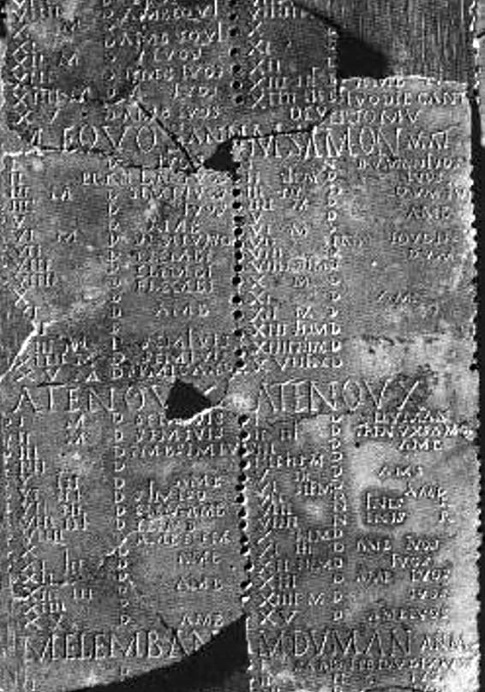End of Summertime - energies of darkness and light
Written by Anne Newman·Sunday 27 October 2019
This year Summertime ends when the clocks ‘fall back’ on 27th October 2019.
Every year on the morning of the last Sunday in October, the whole of Europe goes through the same ritual. The clocks change in order to make the best use of the natural light as the earth orbits the sun changing it's exposure.
So in Winter, when it’s naturally darker, time goes back by an hour which means an extra hour wrapped up in bed and in Summer, we enjoy the ‘grand stretch in the evenings’ as the clocks being put forward an hour makes for longer evenings.
There are plans to end this in the EU in 2021. The debate on this decision progressed to the full EU Parliament in March 2019, with 410 MEPs voting in favour of the move and 192 voting against. It means that in 2021 we could put our clocks forward, as we’re used to, at the end of March, but then stick with that time into the future without switching back in October. The top reasons for abolishing the switch were the health benefits of doing away with the twice-yearly time shift, energy savings and allowing more time for evening leisure activities.

A thought struck me this week.
Our modern day custom of splitting the year with these clock has it's parallel with the old Celtic way of dividing the solar year into two halves, the dark (Giamos) time of Winter and the bright (Samos) time of Summer as shown on The Coligny Calendar - this is the oldest known Celtic solar-lunar ritual calendar.
The modern clock changing times are close to these dates, Summer time begins on last Sunday in March and Winter time begins last sun day in October.
The Celt year was seen as beginning with the arrival of the darkness, at Samhain, 1st November, and the light half of the year started at Bealtaine, 1st May.
The Celts divided the month into two parts, a 'light' half, and a 'dark' half, each approximately of two week's duration; which is where fortnight came from.
The Celtic day was seen as beginning at sunset, not midnight as our modern Roman calendar dictates. Which is why the clocks go back at night time.
Life was a dance between apparently opposite and conflicting energies of darkness and light. The first month of the Celtic year is Samonios, ‘Seed Fall’, from death and darkness springs life and light.
As we head to the New Year, Celtic year, the dark half of the year, I look forward to this hibernation time in the darker days. Long cosy nights by the fire and deep dreaming sleep in my warm cosy bed as I slow down to go with the ebb of this time of the year and await the the flow of lengthening days after Solstice, the restoring time of the year.
--- oOo ---
Anne is sharing a series of Notable Dates and Festivals throughout the year - you can find them listed by clicking to the link here.





